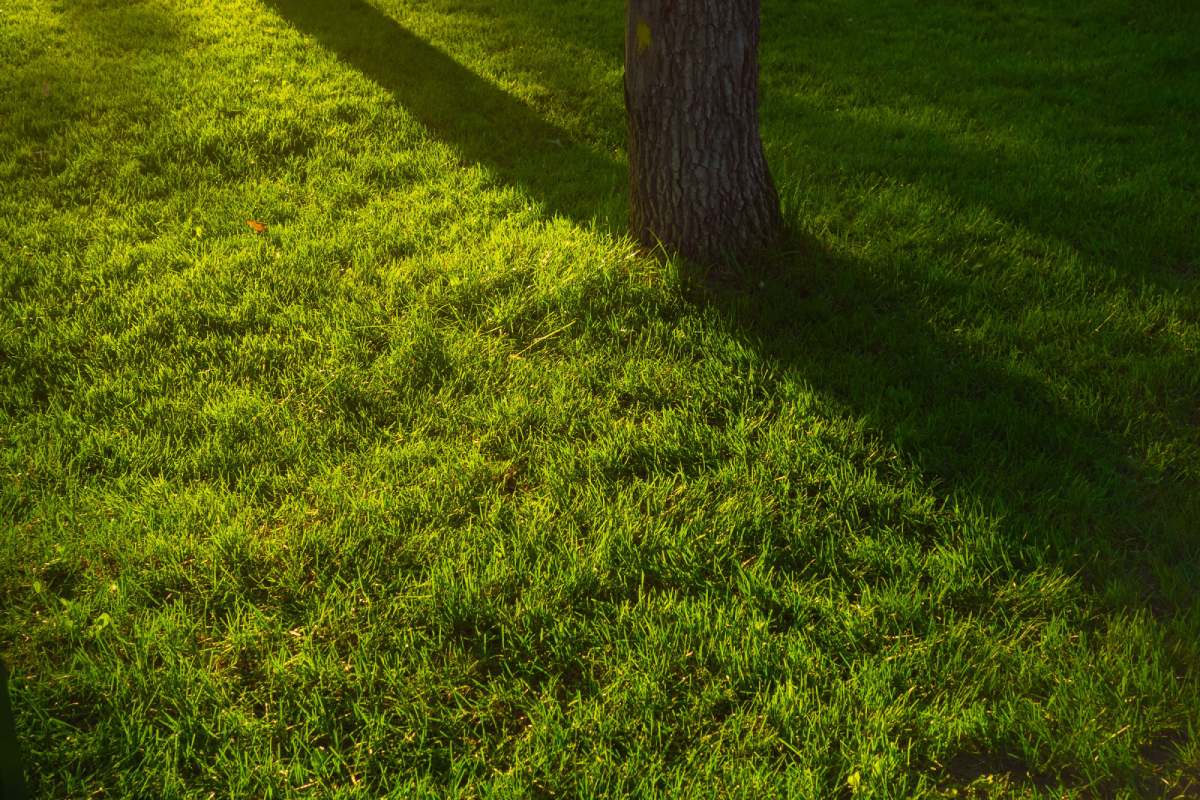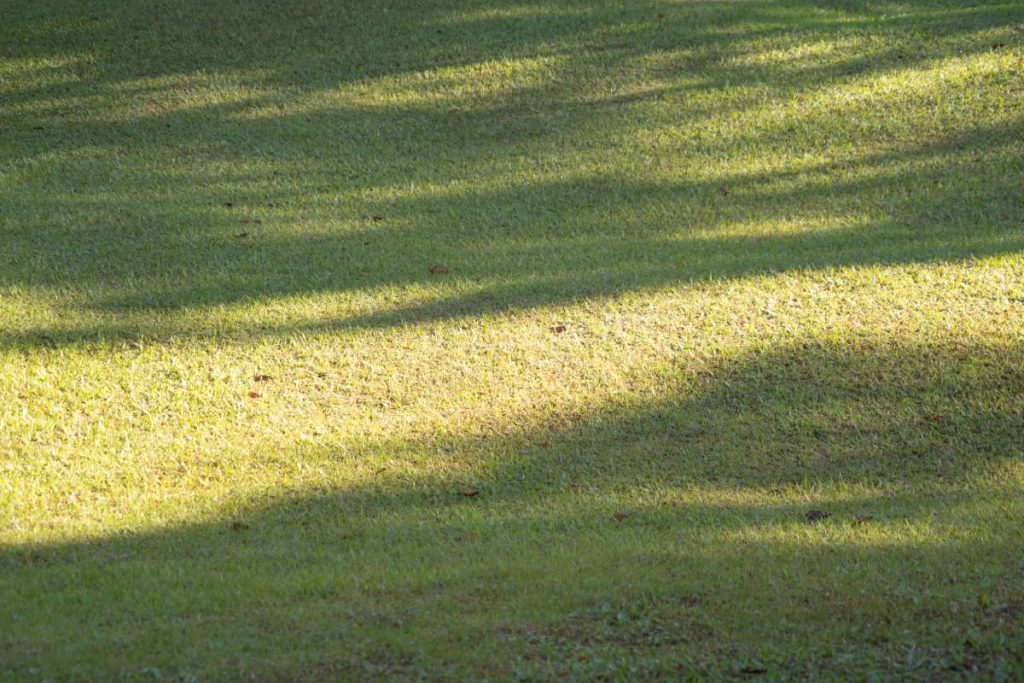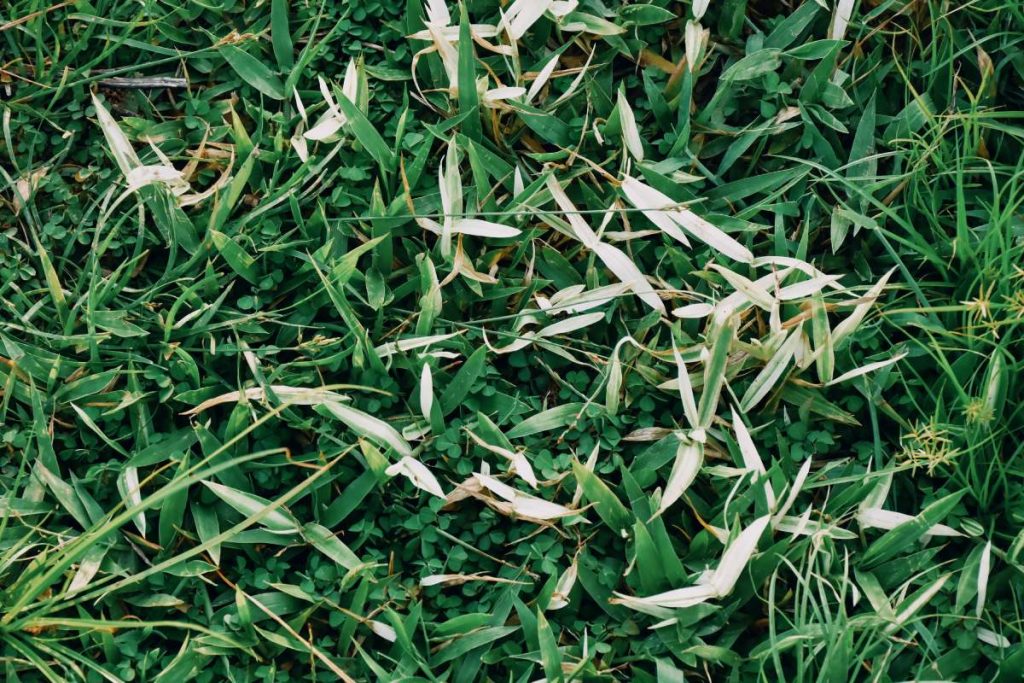How to Choose the Best Lawn for Shaded Areas? What is the Best Shade-Tolerant Grass seed in Australia?
House & Garden Aug 15, 2024

Choosing the right grass for shaded areas can be a bit tricky, especially in Australia where the climate varies and lawns can serve different purposes. Whether you’re dealing with light shade under a tree or heavy shade near a building, the type of grass you choose will depend on how much sun your lawn gets and what you want your lawn to do.
This guide will help you understand the best shade-tolerant grasses for Australian gardens and how to pick the right one based on your specific needs.
More to read:
Factors to Consider: How to Choose the Best Lawn for Shaded Areas
Choosing the right grass for shady spots in your garden depends on two main factors: how much shade you have and what you want your lawn to do. Understanding these factors will help you pick the best grass for your specific needs. Let’s break it down to make it easy to choose the perfect lawn for your shaded spaces.
How Much Shade Do You Have?
To find the best grass for your shaded areas, start by figuring out how much shade your lawn gets. Here’s a simple way to do that:
- Check Direct Sun Exposure: Look at your lawn and ask yourself, “How many hours of direct sunlight does the shadiest part of my lawn get each day?” By “direct sunlight,” we mean full sun with no obstructions, not just dappled light or filtered sun.
- Observe Over a Day: You might need to spend a day watching how the sun moves to get an accurate answer. It’s worth the effort to understand your lawn’s light conditions before planting.
In general, if your lawn gets 5 hours or more of direct sunlight per day, you have a lot of options for different types of grass. In South Australia, you could consider grasses like:
- Couch Grass
- Kikuyu Grass
- Buffalo Grass
- Tall Fescue
- Ryegrass

Even shaded spots near walls or buildings might still get 5 hours of direct sun, so take a good look before deciding on which grass to use.
If your lawn gets less than 5 hours of direct sunlight per day, you’re dealing with a more shaded area. In this situation, your choices become more limited, as many grasses that need more sun won’t thrive in these conditions. Grasses like:
- Couch Grass (e.g., Santa Ana, Windsor Green)
- Kikuyu Grass (e.g., Sterile, Dwarf, Kenda)
These sun-loving grasses really need more than 5 hours of sun each day to grow well. Planting them in a shaded area will likely result in a weak and patchy lawn.
For lawns with less than 5 hours of sun, consider these shade-tolerant options:
- Buffalo Grass (especially shade-tolerant varieties)
- Tall Fescue
- Fine Leaf Ryegrass
- Ground Covers like Dichondra repens
These grasses and ground covers are better suited for low-light conditions and will help you achieve a green, healthy lawn in shaded areas.
What Do You Want from Your Lawn?
When choosing a grass for shady areas, it’s crucial to consider what you plan to do with the lawn. The purpose of your lawn will affect which type of shade-tolerant grass is best for you. Some grasses are great for shade but aren’t very tough, so you need to match the grass to your needs.
What’s Your Lawn’s Purpose?
Think about how you will use your lawn. Are you looking for a decorative lawn, or do you need a tough grass that can handle pets, kids, or sports? Here’s a simple guide to help you choose the right grass based on what you want from your lawn:
- For Decorative or Low-Traffic AreasIf you want a lawn for decorative purposes or for areas that won’t see much use, you have a few good options:
- Tall Fescue: This grass is very shade-tolerant and will grow well in low-light conditions. However, it’s not very drought-tolerant and doesn’t handle heavy traffic or dog urine well. It’s best for ornamental lawns or places with light foot traffic.
- Fine Leaf Ryegrass: This grass also thrives in shady spots but is more suitable for low-traffic areas. It looks great but doesn’t stand up to heavy wear.
- Dichondra Repens: This ground cover is shade-tolerant and can handle some traffic. It is drought-resistant and can repair itself to some extent. It’s a good choice for areas with light to moderate foot traffic.
- For High-Traffic AreasIf you plan to use the lawn for pets, sports, or family activities, you’ll need a more durable grass:
- Soft Leaf Buffalo Grass: Varieties like Kings Pride are more hard-wearing and can handle traffic better than Tall Fescue or Fine Leaf Ryegrass. It’s not as shade-tolerant as some other grasses, so it needs at least 3 hours of direct sunlight per day. It’s more drought-tolerant and self-repairing, making it a good option for busy lawns.
- Consider Traffic Management: High-traffic areas in the shade are challenging. If you find that your lawn is getting damaged and not recovering, you might need to limit traffic until it heals. You may also need to rethink how you use those areas or consider alternatives.
When Shade and High Traffic Don’t Mix
If you have a very shady area that also experiences high traffic, it might be hard to find a natural grass that works well. In such cases, you might need to explore other options:
- Synthetic Grass: If natural grass just won’t work for your situation, synthetic grass can be a great alternative. It doesn’t need sun and can handle heavy use without wear and tear.
Summary
When selecting a grass for shady areas, think about how you will use the lawn:
- Low-Traffic or Decorative Use: Go for Tall Fescue, Fine Leaf Ryegrass, or Dichondra Repens.
- High-Traffic Use: Look for Soft Leaf Buffalo Grass like Kings Pride, and ensure you have at least 3 hours of sunlight per day.
If you face a combination of high shade and high traffic, it may be difficult to find the right natural grass, and you might want to consider synthetic grass or find ways to manage the lawn’s use.

What is the Best Shade-Tolerant Grass seed in Australia?
If you have a garden or lawn that doesn’t get a lot of direct sunlight, choosing the right type of grass seed is essential. In Australia, where the climate can vary widely, it’s important to select a grass seed that thrives in shady conditions. But which grass seeds are best for these shady spots? Let’s break it down so you can find the perfect shade-tolerant grass for your lawn.
Shade-tolerant grass varieties are specially bred to grow well even in low-light conditions. This is crucial if you have trees, fences, or buildings that block sunlight from reaching your lawn. These grasses are hardy and can still stay green and healthy without needing a lot of sun.
Top Shade-Tolerant Grass Seeds in Australia
Here are some of the best shade-tolerant grass seeds you can use in Australia:
Fine Fescue Mix
Fine Fescue is one of the most popular choices for shady lawns in Australia. This mix typically includes three types of fescue grasses:
- Creeping Red Fescue: Known for its fine texture and shade tolerance.
- Chewings Fescue: A hardy grass that thrives in low-light conditions.
- Hard Fescue: Extremely shade-tolerant and drought-resistant.
Shade Tolerant Kikuyu Grass
Kikuyu grass is a popular choice in Australia because it’s durable and grows quickly. The shade-tolerant varieties of Kikuyu are designed to thrive in lower light conditions. This grass is known for its ability to cover ground quickly and its resilience against wear and tear.
Kikuyu grass does best in warm climates and can handle both sunny and shady spots, making it a versatile option for many Australian gardens.

Bermudagrass (Shade-Tolerant Varieties)
Bermudagrass is a warm-season grass that’s known for its drought resistance and low maintenance needs. There are shade-tolerant varieties of Bermudagrass that can grow well in partially shaded areas.
This grass works well in sunny climates and can adapt to moderate shade. However, it might require more frequent watering in shady conditions.
Perennial Ryegrass
Perennial Ryegrass is another excellent choice for shady areas. This grass seed germinates quickly and establishes a lush, green lawn. It’s ideal for cooler regions and provides a dense lawn that can handle some shade.
While Perennial Ryegrass can tolerate shade, it prefers cooler weather and may need more water compared to some other shade-tolerant grasses.
Tips for Growing Grass in Shady Areas
No matter which shade-tolerant grass seed you choose, there are a few key tips to help your grass grow successfully:
- Improve Soil Quality: Good soil is the foundation of a healthy lawn. Make sure your soil is well-drained and rich in nutrients.
- Water Properly: Even shade-tolerant grasses need water to stay green. Water your lawn regularly, but avoid overwatering as this can lead to root problems.
- Fertilize as Needed: Use a balanced fertilizer to provide essential nutrients for your grass. Follow the instructions on the fertilizer package for the best results.
- Keep Grass Healthy: Regular mowing and weeding will help keep your grass in top condition. Remove any weeds that might compete with your grass for nutrients and water.
If you’re unsure which grass seed is best for your specific conditions, consult with a local garden center or landscaping professional for personalized advice.
Conclusion
Selecting the best grass for shaded areas involves more than just picking a shade-tolerant variety. You need to consider how much sun your lawn gets and what you plan to use it for. If your lawn sees a lot of traffic or you want a low-maintenance decorative space, there are different grasses that will work best for you.
For those dealing with less than 5 hours of sunlight per day, grasses like Tall Fescue, Fine Leaf Ryegrass, and Dichondra Repens are excellent for low-traffic or ornamental lawns. On the other hand, if you need a tough, durable lawn for pets or family activities, Soft Leaf Buffalo Grass is a better choice, though it still needs some sunlight to thrive.
In cases where you have high shade and high traffic, natural grass might struggle. In these situations, exploring options like synthetic grass could be a viable solution. By understanding your lawn’s light conditions and your usage needs, you can make an informed decision and create a beautiful, functional lawn that suits your space perfectly.
Whether you’re planting a new lawn or updating an existing one, taking the time to assess these factors will lead you to the best choice for a healthy and attractive shaded lawn.